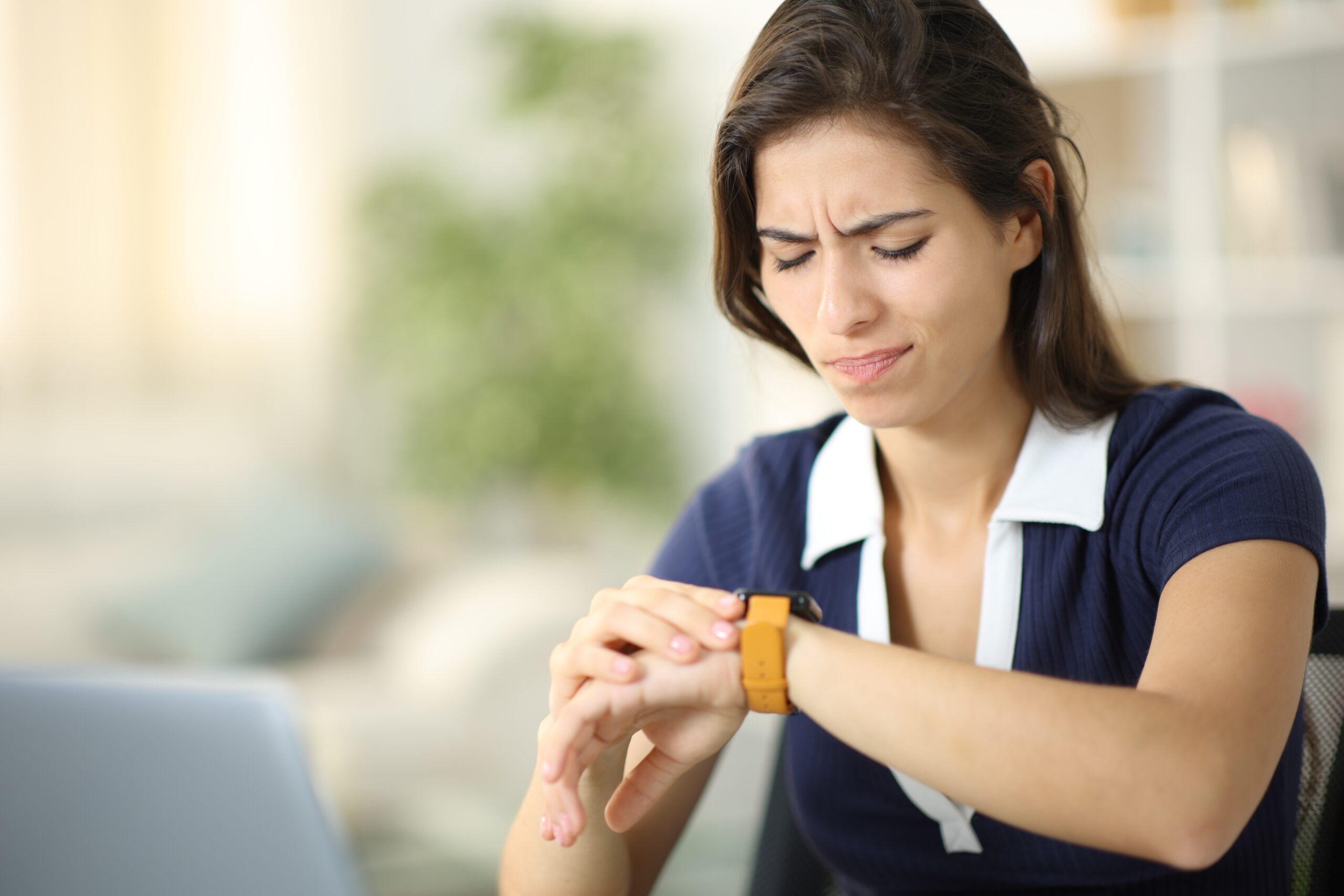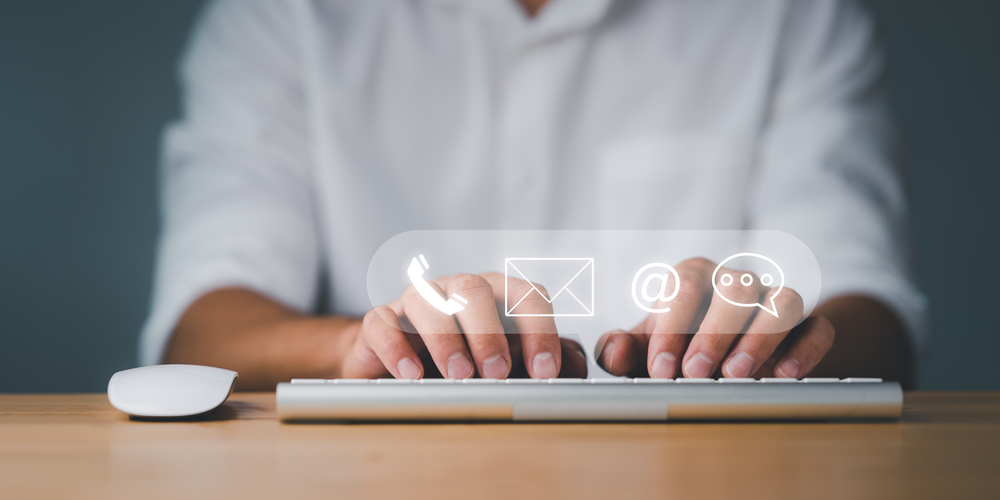Diabetes WA warns against scam websites selling inaccurate diabetes products doing the rounds.
If you’ve been searching online for diabetes equipment, you may see an ad for a diabetes tracker watch or over-the-finger oximeter popping up on your browser.
Here at Diabetes WA, we’ve been getting a few calls lately about these extraordinary-sounding devices that promise to ‘restore pancreas function’ and ‘normalise blood glucose levels’ and even improve your metabolism and blood flow with ‘laser therapy treatment’ and ‘natural diabetes management.’
Sounds too good to be true, right?
That’s because it is.
At first glance, the website appears legitimate, with claims of endorsement by peak bodies including the FDA, TGA and Diabetes Australia. But look a little closer, and you’ll find the telltale signs of an operation that’s promising far more than it will deliver (and chances are, it won’t deliver anything.)
It’s not an Australian website. The dot.com website suggests that it’s based overseas, as only businesses with a valid connection to Australia can register a dot.com.au website.
Every single ‘verified’ reviews is five stars. Everyone loves this watch! Every single customer claims it has ‘completely changed their approach to diabetes’ and ‘it’s worth every penny.’
This is not what happens on a real shopping website – there are always a few unhappy customers.
It’s half-price. Good-quality items tend to be sold for a standardised price, based on current market rates and the cost of producing them. The fact that this watch is a bargain suggests it’s not worth buying at all.
No one answers the phone. A genuine shop will have a helpline to answer any questions and help you track down a product that doesn’t turn up. We called the mobile number on this website three times in business hours and never got an answer.
The website features the logos of familiar-sounding magazines. This suggests the watch has been featured in the media and approved by health journalists. However, none of these magazines – Self Care, HealthMag, LifeStyle, Body&Soul and Wellness Comm – actually exist.
A lot of the spelling is Americanised – mom, normalize.
It promises no more finger pricks. While conveniently tracking glucose levels without finger-pricking by using a wearable device sounds like a dream, we haven’t quite done away with the traditional finger-pricking glucose meter just yet.
Even for people wearing CGM devices, there are times when your blood glucose level needs to be confirmed with a finger prick.
- When the glucose levels are rising or falling rapidly. This is because the glucose level in the interstitial fluid, where the sensor filament sits, lags behind the actual blood glucose levels.
- When you might be experiencing symptoms of hypoglycaemia or hyperglycaemia, but the sensor reading does not reflect what you are feeling.
- If you are using an insulin pump and the pump asks for a finger-prick reading.
How accurate are genuine devices that are available in Australia?
A blood glucose meter sold by an Australian company in Australia must be approved by the Therapeutic Goods Administration (TGA) and meet strict accuracy guidelines set by the International Organisation for Standardisation (ISO).
To determine if a blood glucose meter meets the ISO standards, the blood glucose meter results are compared to blood glucose levels measured in a laboratory and must meet strict criteria.
Let’s have a look at Continuous Glucose Monitors (CGMs).
CGM accuracy is determined by using a measurement called the mean absolute relative difference (MARD). Glucose level data from the sensor is compared to the levels on a blood glucose meter. The closer the CGM readings are to the blood glucose meter readings, the lower the MARD score.
For a CGM device to be approved by the TGA, it must be shown to have a MARD of less than 10%. These CGMs are considered safe for people to base their insulin dose decisions on.
These bogus products may claim to have TGA approval, but they don’t. You can report suspected fraudulent ads directly to the TGA on their website.
How do I know my device is genuine?
Buy your device from a reliable provider, such as a pharmacist, hospital, GP practice or reputable Australian health organisation. These glucose meters will comply with Australian standards.
If you buy a device online, take precautions. Check you are buying from an Australian website to ensure the product is tested properly for accuracy and call the customer service line to speak to someone beforehand.
Talk to us!
If you are considering purchasing a new monitoring device or have questions about your current device or product you see advertised, you can always have a chat to one of our diabetes educators by ringing our helpline on 1300 001 880. Read more about buying diabetes equipment online here.
References
Update on Patient Self-Testing with Portable and Wearable Devices: Advantages and Limitations
Blood glucose monitoring devices: current considerations – Australian Prescriber





